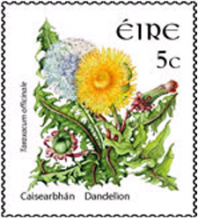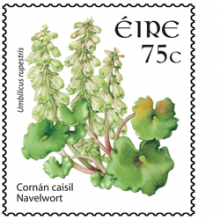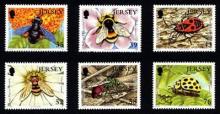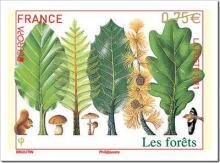Where Have All the Flowers Gone?
- Lees meer over Where Have All the Flowers Gone?
- Login om te reageren
It's summer wildflower season in the Rocky Mountains, a time when high-peaks meadows are dotted with riotous color. But for how long? Once, wildflower season in montane meadow ecosystems extended throughout the summer months. But now scientists have found a fall-off in wildflowers at mid-season. They published their results, funded by the National Science Foundation (NSF), in the current issue of the Journal of Ecology."Shifts in flowering in mountain meadows could in turn affect the resources available to pollinators like bees," says David Inouye of the University of Maryland, currently on leave in NSF's Division of Environmental Biology.









